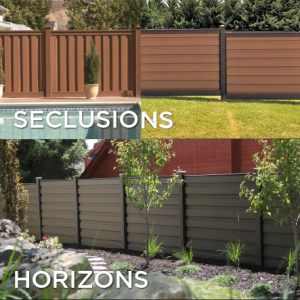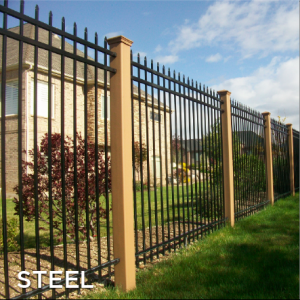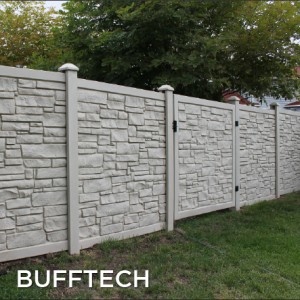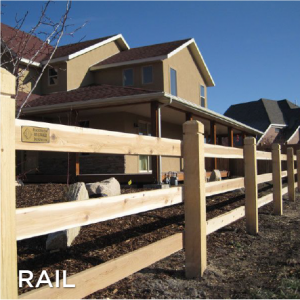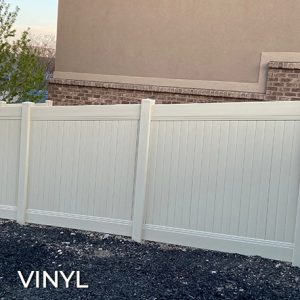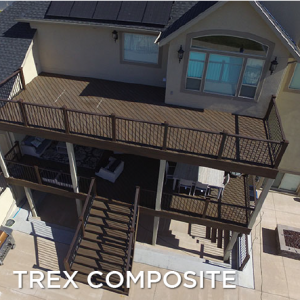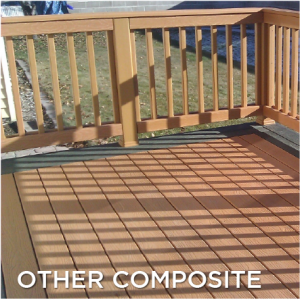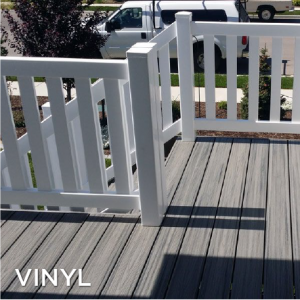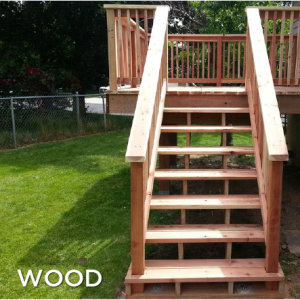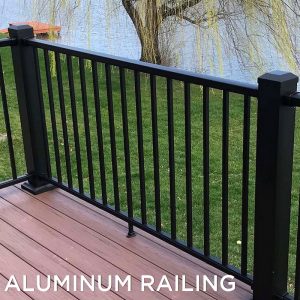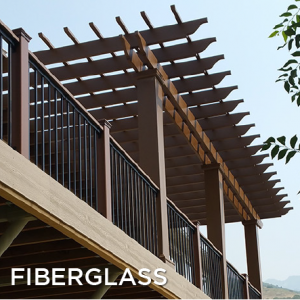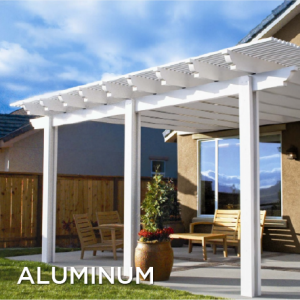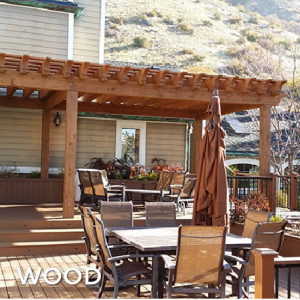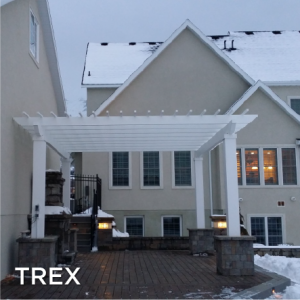Highland Trex Fence Materials and Installation
Highland Trex fence materials and installation are essential aspects to consider when planning to install a new fence. Understanding the basics of Highland Trex fencing, the materials used, the installation process, as well as the maintenance and care required, can help ensure that your fence serves its purpose effectively and enhances the overall aesthetics of your property.
Understanding Highland Trex Fencing
Highland Trex fencing is a popular choice among homeowners due to its durability, low maintenance requirements, and appealing appearance. The fencing system is designed to mimic the look of traditional wood while offering the benefits of composite materials. Understanding the basics of Highland Trex fencing is crucial before diving into the details of materials and installation.
The Basics of Highland Trex Fencing
Highland Trex fencing is constructed from a composite material that combines wood fibers and recycled plastic. This unique blend provides the fence with exceptional strength and resistance to warping, cracking, and splintering. Additionally, the composite material is resistant to insects and rot, making it an excellent choice for long-term durability.
The fencing system is available in various styles, including privacy, semi-privacy, and decorative options. Each style offers a different level of visibility and can be customized to meet specific aesthetic preferences. Highland Trex fences are also available in a range of colors, allowing homeowners to choose an option that complements their property’s overall design.
Key Features of Highland Trex Fencing
Highland Trex fencing comes with several key features that set it apart from traditional wood fences. One of the most notable features is the low maintenance requirements. Unlike wood fences that require regular staining, painting, and sealing, Highland Trex fences only need occasional cleaning to maintain their appearance.
Another important feature is the durability of the composite material. Highland Trex fences are designed to withstand various weather conditions, including exposure to UV rays, rain, and snow. This makes them an ideal option for areas with harsh climates.
Furthermore, Highland Trex fencing is an eco-friendly choice. The composite material is crafted from recycled materials, reducing the strain on natural resources and minimizing the environmental impact. Choosing a Highland Trex fence also eliminates the need for harmful chemicals that are often used in treating wood fences.
Materials Used in Highland Trex Fencing
The materials used in Highland Trex fencing play a vital role in its overall performance and longevity. It is essential to have an overview of these materials to understand their benefits and why they are preferred over traditional wood.
Overview of Materials
The primary materials used in Highland Trex fencing are a combination of wood fibers and recycled plastic. The wood fibers provide the natural appearance and texture of wood, while the recycled plastic offers durability and resistance to environmental factors. The use of these materials ensures that the fence remains sturdy and maintains its original appearance over the years.
Benefits of Using These Materials
Utilizing wood fibers and recycled plastic in Highland Trex fencing offers several advantages. Firstly, the materials are resistant to rot, decay, and insect damage, which are common issues faced by traditional wood fences.
In addition, using composite materials eliminates the need for frequent staining, sealing, and painting. This saves homeowners time and money on long-term maintenance costs.
Furthermore, the use of recycled materials contributes to sustainability efforts by reducing waste and conserving natural resources. By choosing Highland Trex fencing, homeowners can enjoy an aesthetically pleasing and environmentally friendly fence.
Installation Process of Highland Trex Fencing
The installation process of Highland Trex fencing involves a series of steps and considerations to ensure a successful and long-lasting result. Pre-installation considerations and following a step-by-step installation guide are crucial to achieving the desired outcome.
Pre-Installation Considerations
Before installing a Highland Trex fence, it is essential to survey the property and determine the fence line. Considerations such as slope, soil type, and ground conditions will help in planning and preparing for the installation process.
Additionally, checking local regulations and obtaining any necessary permits is crucial to ensure compliance with zoning and construction codes. This step will help avoid any potential issues down the line.
Step-by-Step Installation Guide
The following step-by-step guide provides an overview of the installation process for Highland Trex fencing:
- Start by clearing the fence line of any obstructions such as vegetation, rocks, or debris.
- Mark the fence line using stakes and string to ensure a straight and even installation.
- Dig post holes at regular intervals along the fence line, using a post hole digger or an auger. The hole depths and diameters should be appropriate for the fence height and local soil conditions.
- Place the fence posts into the holes and secure them with concrete or gravel, ensuring they are plumb and level.
- Attach the fence sections to the posts using appropriate hardware, following the manufacturer’s instructions.
- Ensure that the fence sections are level and properly aligned before securing them.
- Repeat the process for the remaining sections, making sure to maintain consistent spacing and alignment.
- Finish the installation by adding any necessary gates or decorative elements to enhance the fence’s functionality and appearance.
Maintenance and Care for Highland Trex Fences
Maintaining and caring for Highland Trex fences is relatively straightforward, thanks to their low maintenance requirements. Performing routine maintenance and addressing common issues promptly can help prolong the lifespan and preserve the fence’s visual appeal.
Routine Maintenance Tips
To keep your Highland Trex fence looking its best, follow these routine maintenance tips:
- Regularly clean the fence using a mild detergent and water to remove dirt, pollen, and other debris.
- Avoid using harsh chemicals or abrasive cleaners that can damage the surface of the fence.
- Inspect the fence periodically for any signs of damage, such as loose boards or hardware, and make repairs as needed.
- Trim vegetation near the fence to prevent it from rubbing against or growing through the fence.
- Avoid placing heavy objects or leaning items against the fence, as this may cause damage.
Addressing Common Issues
Despite being highly durable, Highland Trex fences may encounter certain issues over time. Addressing these issues promptly can help prevent further damage and ensure the fence’s structural integrity.
If you notice any cracked or damaged boards, replace them as soon as possible. Additionally, if any hardware becomes loose or damaged, tighten or replace it accordingly. It is also important to monitor the fence for any signs of mold or mildew and clean the affected area using a mildew cleaner or a mixture of water and vinegar.
Cost and Value of Highland Trex Fencing
Considering the cost and value of Highland Trex fencing is essential when making a decision about investing in this type of fence. Evaluating the initial investment and installation costs, as well as assessing the long-term value and return on investment, can provide a comprehensive picture of the fence’s overall affordability and benefits.
Initial Investment and Installation Costs
The initial investment and installation costs of Highland Trex fencing may vary depending on factors such as the fence style, height, and linear footage. While the upfront costs of composite fencing may be higher than traditional wood, it is crucial to consider the long-term maintenance savings and durability of the material.
Additionally, hiring a professional installer or opting for a DIY approach will impact the overall installation costs. Assessing your budget and weighing the benefits of professional installation against the potential savings of a DIY project is important to make an informed decision.
Long-Term Value and ROI
Highland Trex fencing offers long-term value and a solid return on investment. The low maintenance requirements eliminate ongoing expenses associated with wood fences, such as staining, sealing, and repairs. This not only saves homeowners time and effort but also reduces the overall cost of ownership over the fence’s lifespan.
Additionally, the durability of Highland Trex fencing ensures that it maintains its original appearance and functionality for many years. This translates into a longer life expectancy compared to traditional wood fences, further enhancing the overall value and return on investment.
In conclusion, Highland Trex fence materials and installation provide a durable, low maintenance, and visually appealing fencing solution. Understanding the basics of Highland Trex fencing, the materials used, the installation process, and the necessary maintenance can help homeowners make an informed decision and enjoy the benefits of a quality fence that enhances their property’s aesthetics and value.
